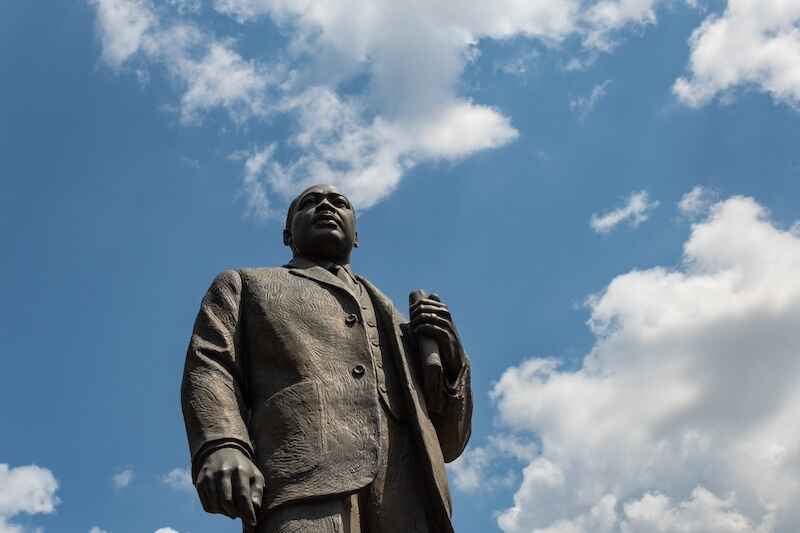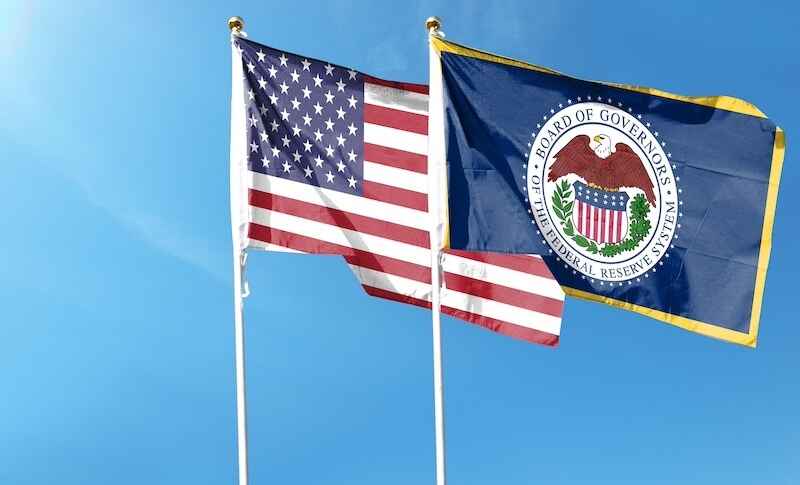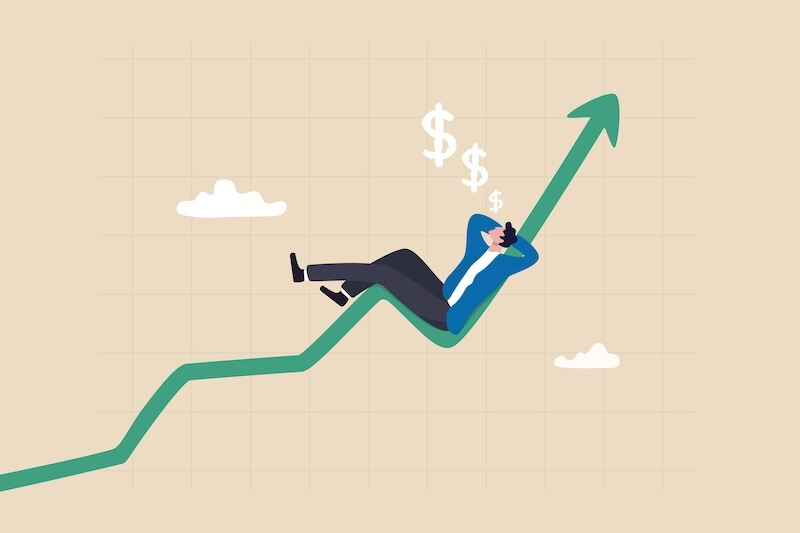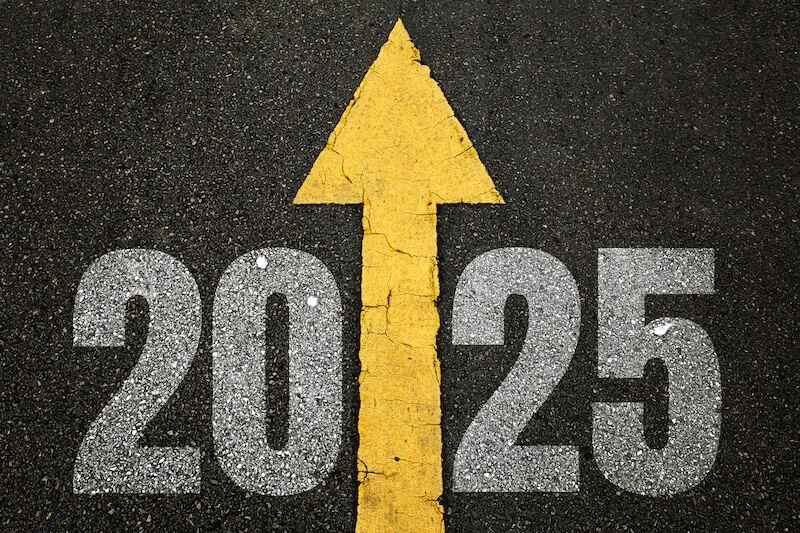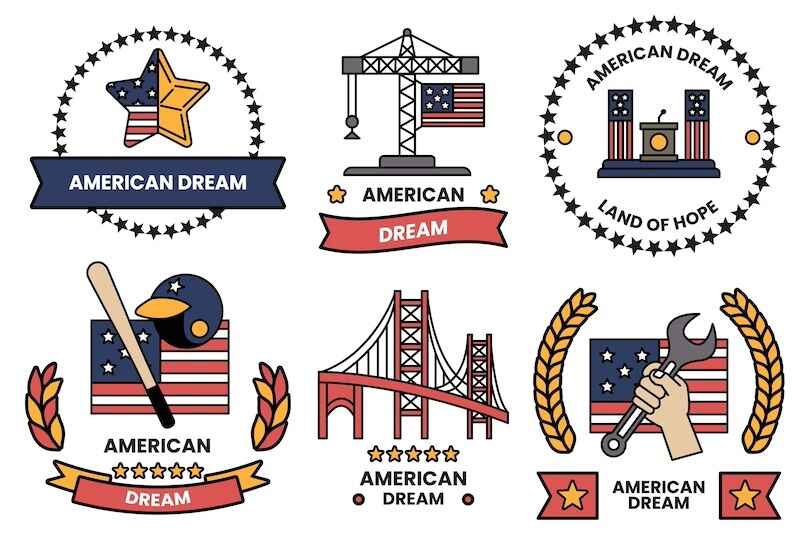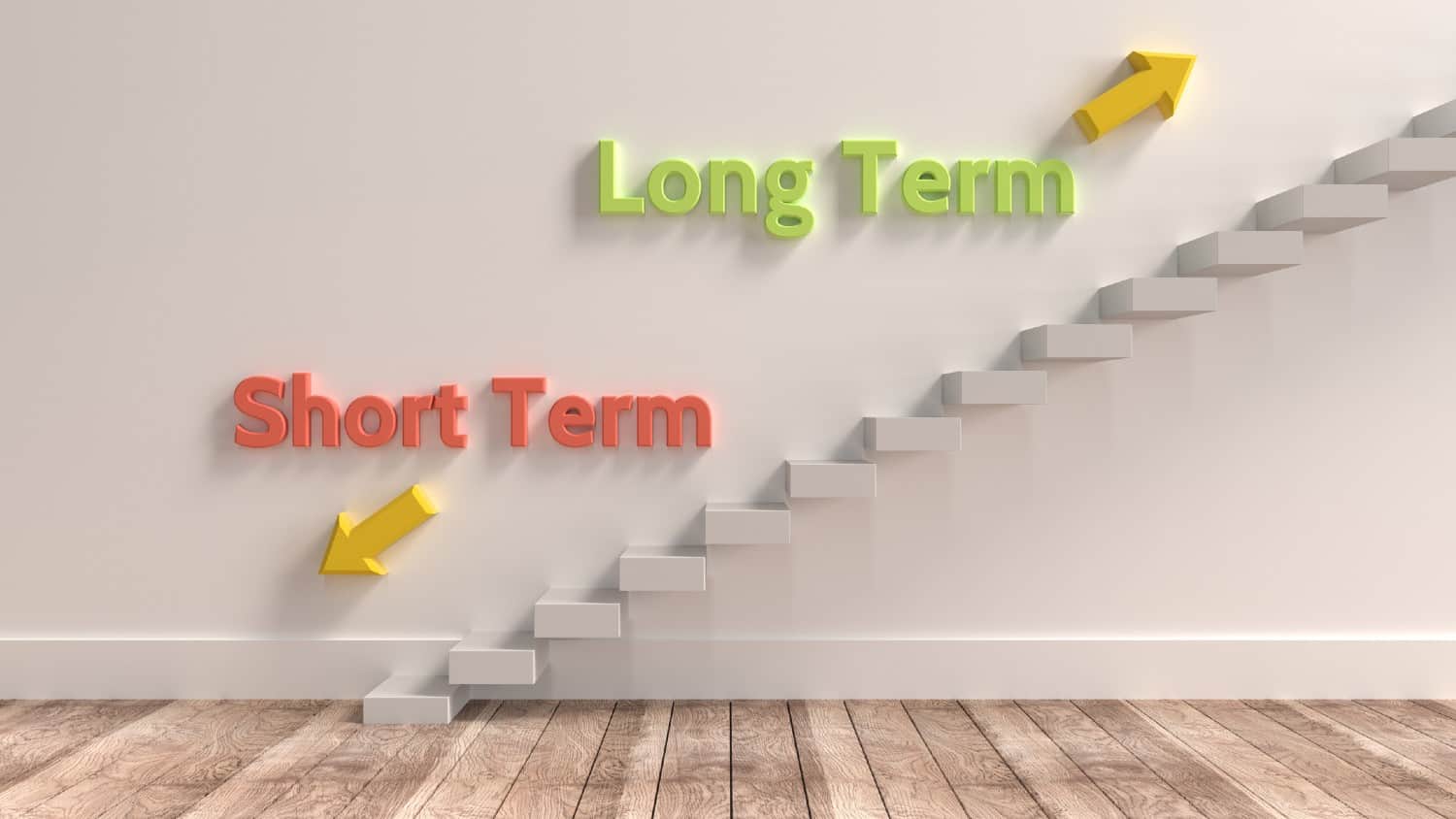Editor’s Note: Before you read about “The Hero’s Journey” in today’s article…
Did you know, sometimes the biggest opportunities come from the biggest mistakes?
In 2012, a major mining company sold a “worthless” piece of land for $200,000.
Today, that land holds the world’s largest undeveloped gold project – worth over $118 BILLION.
But here’s the real opportunity: Though gold trades at over $2,600 an ounce…
You can get a stake in MORE than an ounce of gold from this discovery for under $20.
Click here to get the full story from Karim Rahemtulla on what could be the greatest gold opportunity of our lifetime.
– Nicole Labra, Senior Managing Editor
In my last column, I suggested that those just starting out – and perhaps struggling with heavy debts and low savings – might supercharge their investment program by imagining that they are starring in their own reality show, one where the goal is to become financially independent.
But maybe you don’t care for reality shows. Or don’t find them particularly inspiring.
In that case, let me suggest that you undertake “The Hero’s Journey.”
The Hero’s Journey is a storytelling framework made famous by mythologist and author Joseph Campbell.
It outlines a path of transformation that allows someone to embrace and overcome life’s challenges.
This story is common in many ancient myths, including The Odyssey, Beowulf, and the Epic of Gilgamesh.
In more contemporary times, you can recognize it in The Hobbit, The Wizard of Oz, or Star Wars.
The Hero’s Journey typically consists of 12 stages. Let’s see how they apply to the pursuit of financial freedom:
- The Ordinary World: We meet the hero in his or her familiar environment. Start right where you are by listing all your current debts, expenses, income, and assets to get a clear understanding of your financial situation.
- Call to Adventure: The hero receives a challenge or invitation to embark on a quest. You already know that it’s difficult to be happy or even content if you’re worried about money. Something needs to change. It might start with committing to a budget. A handy tool is the 50/30/20 rule to allocate income toward needs, wants, and savings.
- Refusal of the Call: Initially, the hero resists the adventure. The decision to spend less – never an exciting prospect – while saving and investing more is initially met with household resistance. But an early start is essential. That’s why it’s important to get the family on board so this inertia is overcome.
- Meeting the Mentor: A guide or teacher appears to offer wisdom or aid. If you don’t have anyone in your life to fill that role – and I certainly didn’t – let me offer my services to you here. As homework, read my New York Times bestseller: The Gone Fishin’ Portfolio: Get Wise, Get Wealthy, and Get On With Your Life.
- Crossing the First Threshold: The hero leaves their comfort zone and enters the unknown. This means breaking old habits and initiating new ones. Start by automating investments – dollar cost averaging is a powerful strategy for newbies – and practice delayed gratification by waiting 24-48 hours before making non-essential purchases.
- Tests, Allies, and Enemies: The hero faces trials, makes friends, and enters the unknown. A typical example is a novice investor turns everything over to a “financial expert” – big mistake – and gets hamstrung by mediocre performance and heavy fees, many of them hidden. Then they turn to a discount broker but end up committing financial hari-kari because they really don’t have the knowledge or experience to handle things properly. This is the point where many readers join The Oxford Club.
- Approach to the Inmost Cave: The hero nears their ultimate goal. Saving regularly and investing wisely is paying off. It becomes clear that financial independence is indeed achievable – if the hero can refrain from spending the money and let it continue to compound instead.
- Ordeal: The hero faces their biggest test yet, often a life-or-death situation. Interest rates soar… or the stock market craters… or a big, unexpected expense arises. (Or, as is often the case, the hero must deal with an uncooperative partner that is not committed to the program.) It can look – at least temporarily – like all the hard work has been for naught.
- Reward: The hero obtains something valuable from their ordeal. They learn that being patient and disciplined pays off. By remaining rational (for example, buying into a downturn) – rather than reacting emotionally (and selling into a downturn) – their portfolio is eventually worth more than if things had remained calm.
- The Road Back: The hero begins their return journey, often facing new dangers. No matter what an investor has dealt with in the past – the ’87 crash, the dot-com bubble, 9/11, the financial crisis, the global pandemic – there will always be new and unexpected crises ahead. The biggest risk is what you don’t see coming.
- Resurrection: A final climactic moment where the hero must apply what they’ve learned. As a portfolio compounds in value, every bear market becomes more painful than the previous one. Yet the hero applies the lessons learned and prevails by staying the course.
- Return With Elixir: The hero returns home, transformed and bearing something of value for their community. That “something” is a wonderful new stage of life where the hero’s family has the money to meet all its most important wants and needs. This doesn’t just make life easier. It makes their most important relationships better.
This is not merely a metaphor. I’ve taken The Hero’s Journey myself, watched dozens of my friends and colleagues complete it, and spent my career as a financial advisor helping many thousands of others do the same.
Many of their stories are gripping, filled with trials, tribulations and, ultimately, triumphs.
It’s a journey of personal growth and transformation. It is a blueprint for learning and evolving. And it’s an effective model for navigating life’s greatest challenges.
And few challenges – aside from protecting your health and cherishing your closest relationships – are more important than moving from financial uncertainty to a place where money is no longer a concern.
Some folks imagine this takes extensive goal setting along the way.
And that can play a role. But an even more important starting point is your personal habits, as I’ll describe in my next column.
P.S. Two weeks ago, I wrote a column about Students For Liberty, a non-profit organization that helps build college students into young leaders by equipping them to defend personal, economic, and political freedoms. Tomorrow at noon ET, I will interview Jack Nicastro, an alumnus who will talk about how the organization is vital in helping students write and speak about, organize, and promote open inquiry and free markets. It promises to be a great session, and I invite you to join us. It is, of course, completely free. To register, simply click here.
Credit: Source link


